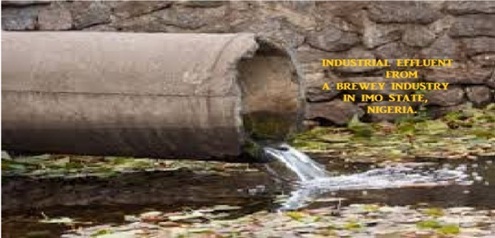Document Type : Original Research Article
Authors
Department of Pure and Industrial Chemistry, Nnamdi Azikiwe University, Awka, P.O. Box 5025, Nigeria
Abstract
This work examined some physicochemical parameters of effluents from a Brewery Industry in Imo state. This company discharged effluents in non-compliance with the Nigerian National Regulations as confirmed from the Biochemical Oxygen Demand (BOD), Chemical Oxygen Demand (COD), Electrical Conductivity (EC), Nitrogen, and Turbidity results. The heavy metals have concentrations that were within WHO/FEPA limits. These confirmed results posed health risks to several rural communities which rely on the receiving water bodies as their primary source of domestic water. There is need for the intervention of appropriate regulatory agencies to ensure production of high quality treated final effluents. This scenario is typical of most industries in developing nations where enforcement of environmental regulations are deficient. To avoid pollution, regulatory authorities should closely monitor compliance by industries.
Graphical Abstract
Keywords
Main Subjects


